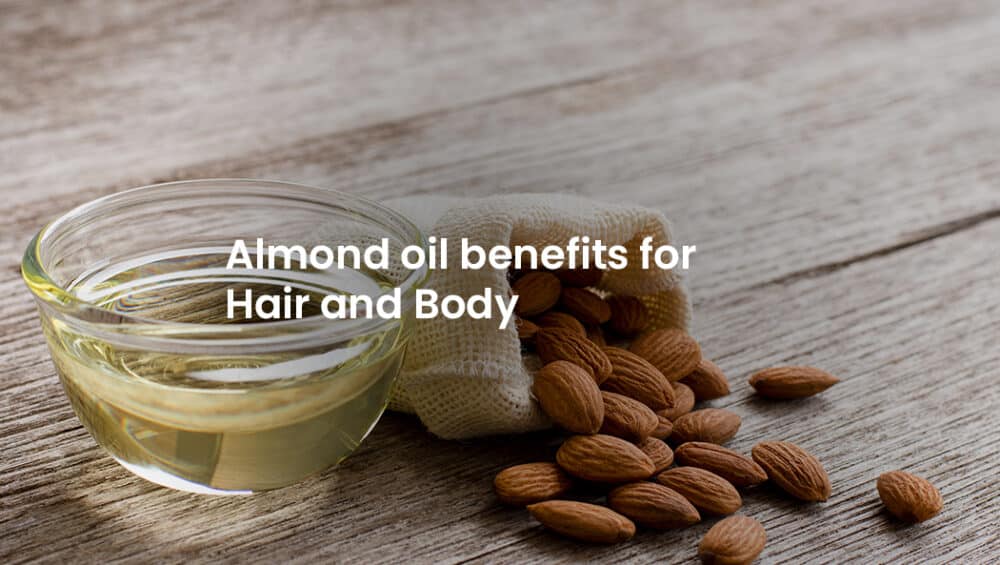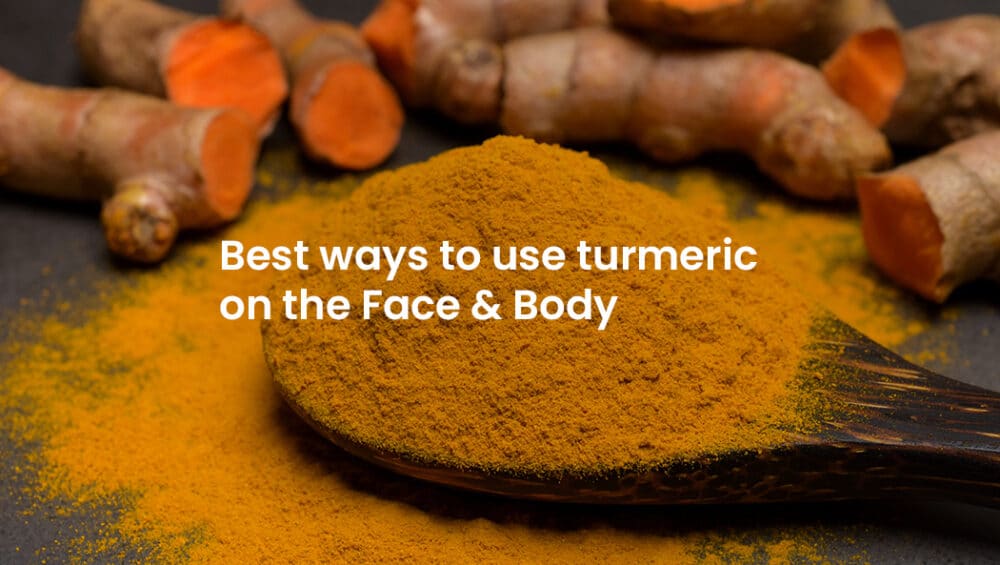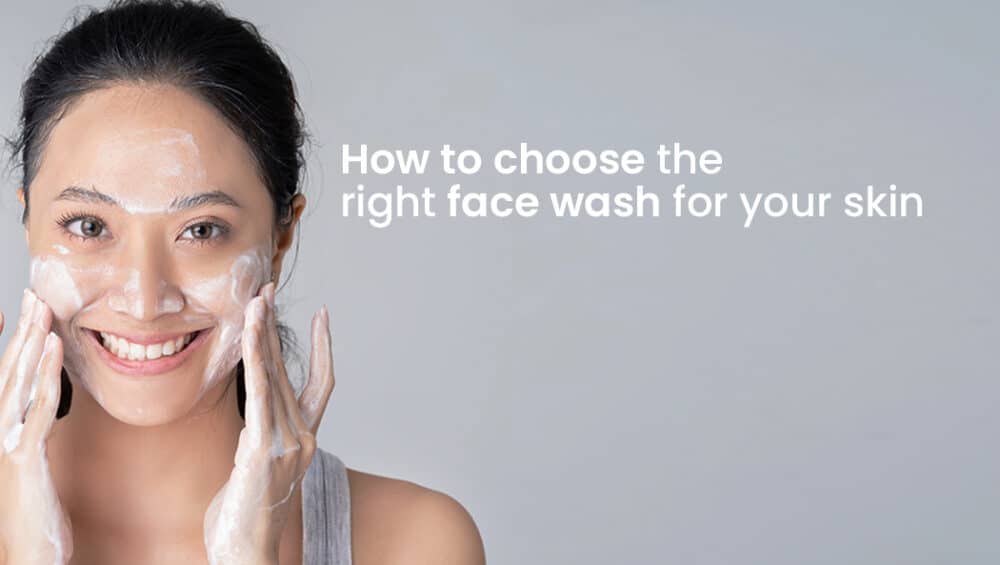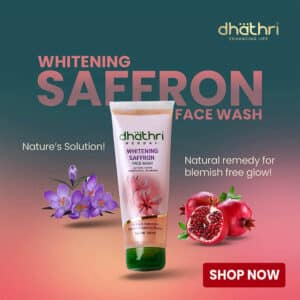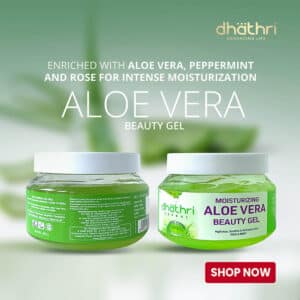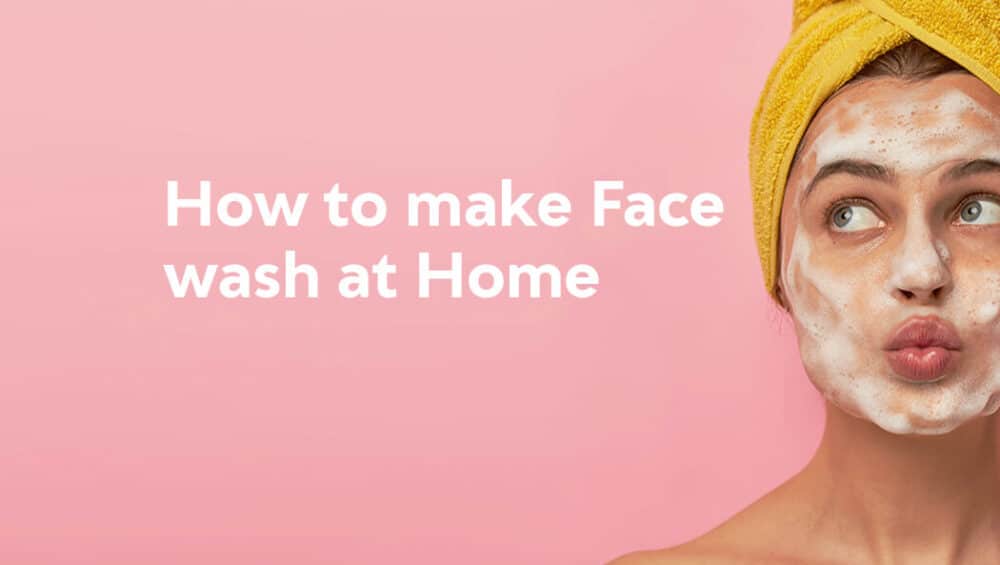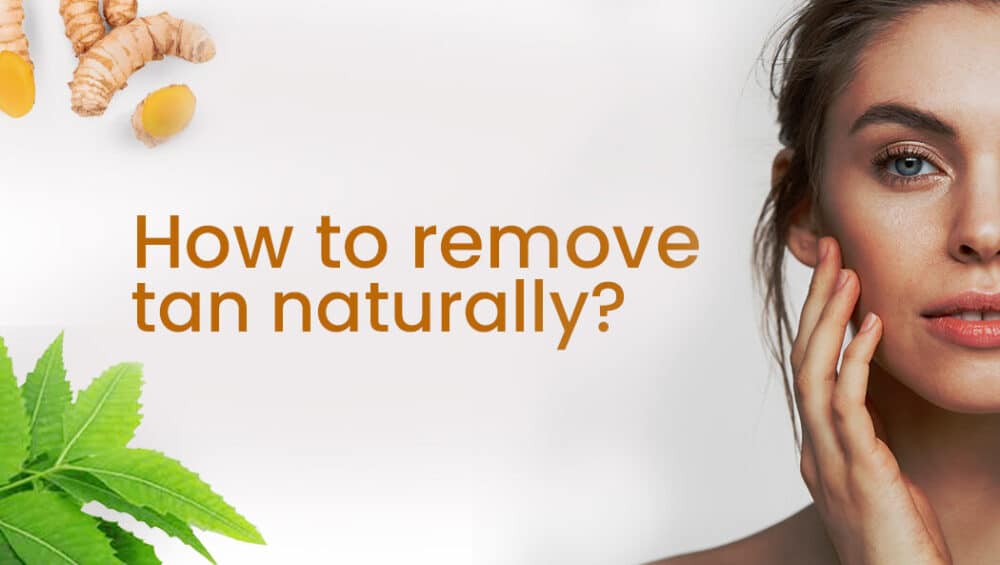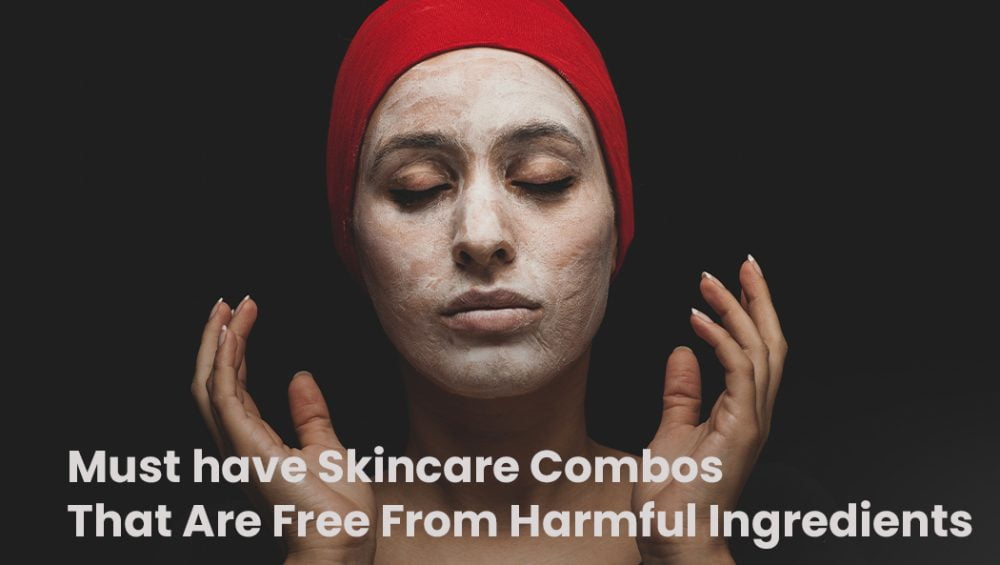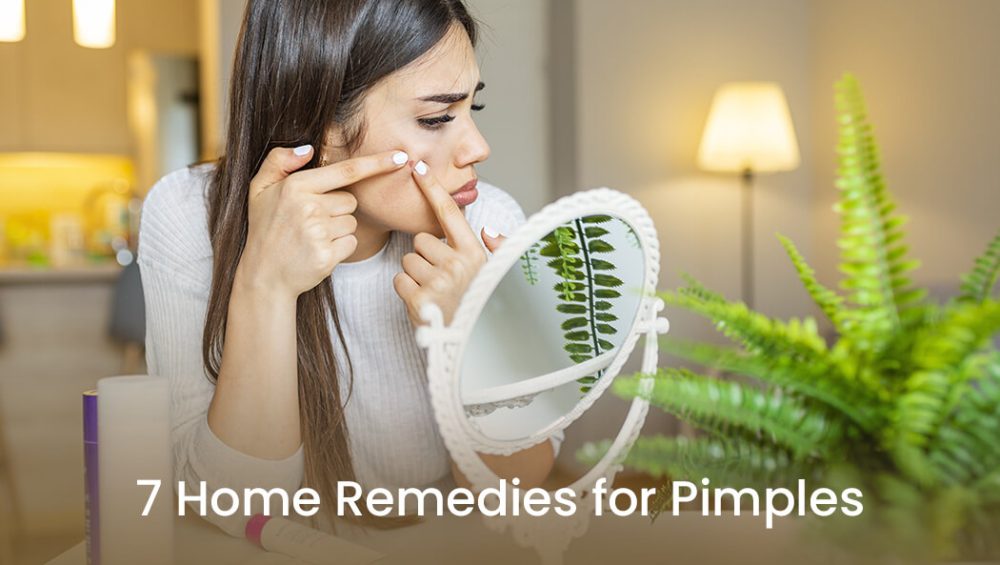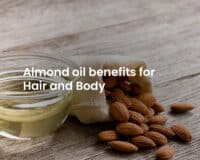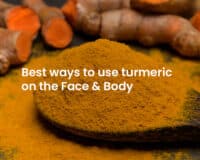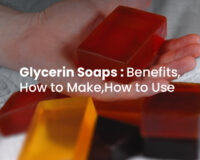Top Benefits of Almond Oil for Hair and Body
In the emerging era of beauty and personal care, few natural ingredients have stood the test of time like almond oil. Derived from the nutrient-rich seeds of the almond tree, this golden elixir has captured the attention of beauty enthusiasts for its signature benefits for both hair and body. Loaded with essential nutrients and cherished for centuries, almond oil is a cornerstone in the world of beauty. In this article, we look at the extraordinary benefits of almond oil for hair and almond oil for face, exploring how this wonderful ingredient can enhance your beauty regimen.
What are the Benefits of Almond Oil for Hair & Body?
Almond oil is a treasure trove of beauty goodness, packed with vitamins and minerals that promote overall hair and skin health. Its lightweight texture and mild, nutty aroma make it a sought-after ingredient in various beauty and personal care products.
7 Benefits of Almond Oil for Hair
Promotes Hair Growth:
-
-
- Almond oil is rich in vitamin E, a potent antioxidant that improves blood circulation to the scalp. This increased blood flow nourishes hair follicles and promotes healthy hair growth. It also contains magnesium, which is known to strengthen hair strands from the root, reducing the likelihood of hair breakage and thinning.
-
Nourishes and Conditions:
-
-
- Almond oil’s natural composition includes fatty acids that deeply penetrate the hair shaft, providing intense hydration and nourishment. This moisturizing effect of Almond oil for hair not only reduces dryness but also helps maintain the hair’s natural shine and softness. Almond oil’s lightweight texture ensures that it doesn’t leave a heavy or greasy residue on the hair.
-
Reduces Scalp Irritation:
-
-
- The anti-inflammatory properties of almond oil can soothe a sensitive or irritated scalp. It can provide relief from itchiness, redness, and flakiness, often associated with conditions like dandruff or scalp psoriasis. Regular massaging of the scalp with a daily use hair oil made with almond oil helps to reduce the discomfort and maintain a healthier scalp environment.
-
Strengthens Hair Strands:
-
-
- Almond oil’s high vitamin E content strengthens hair strands and prevents dryness. By nourishing the hair from within, almond oil reduces the risk of split ends and breakage. This leads to longer-lasting, healthier hair that is less prone to damage caused by external factors or styling tools.
-
Adds Natural Shine:
-
-
- Almond oil’s ability to smoothen the hair cuticles results in a reflective surface that enhances the hair’s natural shine. The light-reflecting properties of well-moisturized hair cream for women create a glossy and vibrant appearance, making it look healthier and more lustrous.
-
Tames Frizz and Flyaways:
-
-
- The lightweight texture of almond oil allows it to be easily absorbed by the hair, helping to manage frizz and tame flyaways. By providing a protective layer on the hair strands, almond oil prevents excessive moisture loss, which is a common cause of frizz. This results in smoother, more controlled hair.
-
Protects from Heat Damage:
-
- Almond oil serves as a natural heat protectent when applied to the hair before using heat-styling tools. The oil forms a barrier that shields the hair from high temperatures, minimizing the damage caused by heat styling. This protection prevents the hair from becoming dry, brittle, or prone to split ends due to heat exposure.
Adding an Ayurvedic hair oil made with almond oil into your hair care routine can offer these numerous benefits, providing your hair with the nourishment, protection, and support it needs to stay healthy, vibrant, and beautiful. Whether you use almond oil as a pre-shampoo treatment, a leave-in conditioner, or a natural shine enhancer, its feature-rich properties make it an essential addition to any hair care regimen.
7 Benefits of Almond Oil for face & body
Deep Moisturization:
-
-
- Almond oil for face is an excellent natural moisturizer that is easily absorbed by the skin. Its rich fatty acids and unique properties penetrate deeply, providing intense hydration. Almond oil locks in moisture, preventing dryness and leaving the skin soft, supple, and well-nourished.
-
Skin Rejuvenation:
-
-
- Almond oil is abundant in vitamins E and A, which are known for their skin-rejuvenating properties. Vitamin E helps protect the skin from oxidative stress and supports cell regeneration, while vitamin A promotes healthy skin turnover, reducing the appearance of fine lines and promoting a youthful complexion.
-
Gentle Makeup Remover:
-
-
- It is a gentle and effective makeup remover. Its lightweight texture dissolves makeup, even stubborn waterproof formulas, without causing irritation. Additionally, the nourishing properties of almond oil help to maintain the skin’s natural moisture balance while removing makeup.
-
Soothes Irritation and Inflammation:
-
-
- The anti-inflammatory properties of almond oil make it a soothing solution for various skin irritations. It can provide relief from conditions like itching, redness, and irritation caused by factors such as dryness, sunburn, or minor skin allergies.
-
Reduces Dark Circles:
-
-
- Almond oil’s vitamin E content can help reduce the appearance of dark circles and under-eye bags. By improving blood circulation and providing hydration, almond oil for the face can reduce puffiness and leave the delicate under-eye skin looking brighter and rejuvenated.
-
Improves Complexion:
-
-
- Regular use of almond oil can lead to a more even skin tone and improved complexion. Its nutrients promote the regeneration of healthy skin cells, reducing the appearance of blemishes, scars, and uneven pigmentation.
-
Relieves Dry Skin Conditions:
-
- Almond oil is particularly beneficial for those with dry or sensitive skin conditions like eczema and psoriasis. Its soothing and moisturizing properties can alleviate itching, redness, and discomfort associated with these conditions, providing relief and promoting skin healing.
Read Also: 6 Simple Home Remedies for Split Ends
Incorporating almond oil into your body care routine can provide a multitude of benefits, transforming your skin into a canvas of health and radiance. Whether used as a moisturizer, massage oil, or targeted treatment for specific skin concerns, almond oil’s natural goodness can enhance your body care regimen and help you achieve smoother, more youthful-looking skin.
How to Use Almond Oil for Hair & Body?
For Hair:
- Scalp Massage: Warm a small amount of almond oil and gently massage it onto your scalp. Leave it on for an hour or overnight, then wash with a gentle shampoo.
- Hair Mask: Blend almond oil with mashed banana and a teaspoon of honey. Apply to your hair, leave for 30 minutes, and then rinse thoroughly.
- Leave-In Treatment: Apply a few drops of almond oil like a conditioner for dry hair made with almond oil to the ends of your hair to tame frizz and add shine.
For Face & Body:
- Facial Moisturizer: After cleansing, apply a few drops of almond oil to your damp face. Massage it using gentle upward motions.
- Makeup Remover: Almond oil can effectively dissolve makeup without stripping your skin’s natural oils. Apply a small amount on a cotton pad and wipe away makeup gently.
- Body Oil: Apply almond oil to damp skin after a shower, massaging it in to lock in moisture and leave your skin soft and supple.
The essence of Almond Oil in Dhathri products
Among the array of beauty products that are equipped with the essence of almond oil, the Dhathri Conditioner and Dhathri Hair Protector stand out as a gem. Infused with the nourishing properties of almond oil, this conditioner offers an extra layer of care for your hair. By combining the benefits of almond oil with advanced formulation, the Dhathri Conditioner provides deep nourishment, leaving your hair softer, smoother, and more manageable. The hair protector is in the form of concentrated hair oil and it helps to reduce hair fall and hair breakage. The essence of the natural ingredients in the protector also helps to nourish the hair follicles and promotes hair growth. Regular use can significantly improve the overall health and appearance of your hair, giving you the hair you’ve always dreamed of.
Almond oil is truly a beauty elixir that has showcased its characteristics with time and trends. Its ability to enhance both hair and body is a testament to its remarkable characteristics and effectiveness. With its array of benefits, from promoting hair growth to rejuvenating skin, almond oil has rightfully earned its place as a staple in beauty and personal care routines. Add almond oil for hair & body into your regimen and grab the secrets to naturally radiant hair and skin, achieving the holistic and timeless power of this golden elixir.






